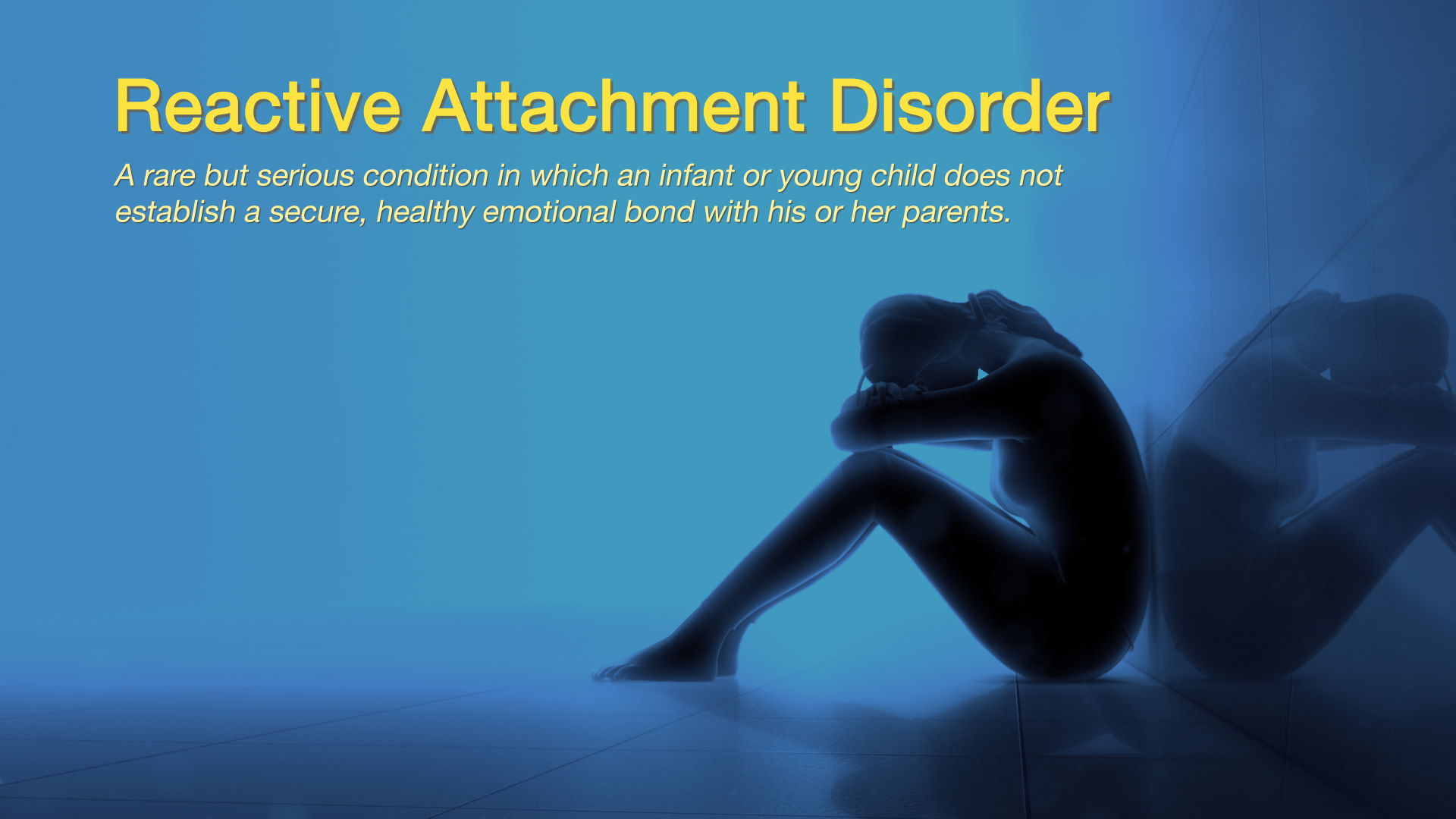A condition in which an infant or child does not develop a healthy relationship with parents or caregivers is known as Reactive Attachment Disorder (RAD). It is a rare and serious condition. This condition develops when the need for love, comfort, security, and care in a child is not fulfilled. Children suffering from RAD have trouble managing their emotions and are not able to form meaningful relationships with others. This disorder is most common among children in the age group between 9 months to 5 years of age. In certain rare cases, older children may too be affected by RAD.

Symptoms
Reactive attachment disorder could start as early as in infancy. The most common signs and symptoms of this disorder are:
- Detachment
- Failure to smile
- Appear sad and listless
- Fear, sadness, and irritability
- Unresponsive and resistant to comforting
- Not engaging in social interaction
- Withdrawn and inhibited
Causes
There is no exact cause for RAD but it is believed and seen that Infants and children need an environment of love and stability to develop trust. Their basic needs both physical and emotional must be met consistently. Inadequate care may give the child a feeling of loneliness and abandonment. A lack of sufficient love and caregiving may lead to the development of this condition. Persistent disregard of the child’s need for affection and comfort, persistent disregard for the child’s basic physical needs, and there is a repeated and frequent change of primary caregivers all are factors that could lead to the development of RAD.
Treatment
The focus of treatment in Reactive attachment disorder is on two fronts. One is to ensure that the child is in a safe and secure environment. The second is to repair or create healthy family bonds, so that a healthy relationship is formed between parents or primary caregivers which later can lead to healthy relationships with the child and other people. Treatment may include:
- Psychotherapy or counseling
- Family therapy
- Special education
- Social skills intervention
- Parenting skills classes
Reactive attachment disorder is a condition that can be prevented. Helping the child feel loved and secure, supporting him/her through the phases of development, and promoting family bonding through a consistent relationship are ways that the child will not develop this disorder.
Disclaimer: The information in no way constitutes, or should be construed as medical advice. Nor is the above article an endorsement of any research findings discussed in the article an endorsement for any of the source publications.








